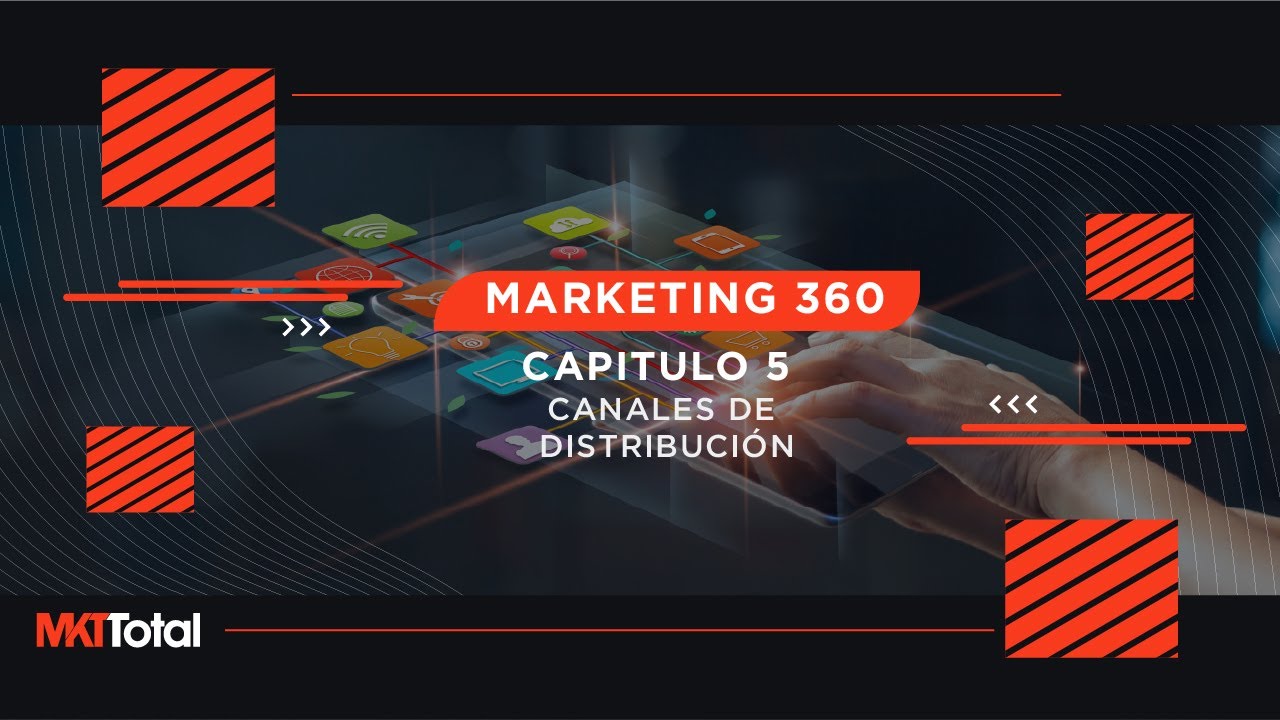Types of Distribution Channels - Explained
Summary
TLDRThis video explains the concept of distribution channels, outlining their role in moving products or services from manufacturers to consumers. It covers the two main types of channels: direct (where companies sell directly to customers) and indirect (where intermediaries, like retailers, help distribute products). The video highlights the benefits and drawbacks of each channel type, offering insights into choosing the best one based on factors such as consumer needs, product positioning, organizational capabilities, and financial feasibility. It also discusses how businesses can adapt their distribution strategies as they grow.
Takeaways
- 😀 Distribution channels are the paths through which products or services travel from the manufacturer to the consumer, involving intermediaries or direct sales.
- 😀 Channels fall under the 'P' for Place in the Four P’s of marketing (Product, Price, Place, Promotion), influencing how and where products are sold.
- 😀 The key functions of distribution channels include logistics (transporting goods), finance (managing costs and revenues), and after-sale services (such as product repairs).
- 😀 Direct distribution channels involve selling products directly to consumers, providing manufacturers with more control over customer interactions and feedback.
- 😀 Indirect distribution channels involve intermediaries (agents, brokers, retailers), expanding market reach and accessing local consumer knowledge.
- 😀 Direct channels help manufacturers understand consumer needs more effectively and ensure quality control over products.
- 😀 Indirect channels allow manufacturers to reach untapped markets and locations without heavy investment in infrastructure or storefronts.
- 😀 The primary benefit of direct channels is a closer relationship with consumers, which allows for better quality control and targeted feedback.
- 😀 The drawback of direct channels is the high cost and complexity of maintaining physical stores or direct systems to engage with consumers.
- 😀 Indirect channels offer a wider geographical reach, often with lower upfront costs, but come with risks like reliance on intermediaries for feedback and brand representation.
- 😀 To choose the right distribution channel, businesses should evaluate factors like consumer suitability, product positioning, organizational capability, and financial viability through a decision-making matrix.
Q & A
What is a distribution channel?
-A distribution channel refers to the path a product or service takes to reach the end consumer. It involves various intermediaries or divisions that help move the product from the manufacturer to the consumer.
How do distribution channels relate to the 4 P's of marketing?
-Distribution channels fall under the 'Place' category in the 4 P's of marketing. This element of marketing is concerned with where and how a product or service is sold to the consumer.
What are the key functions of distribution channels?
-The key functions of distribution channels include logistics (how products are transported), finance (how money is spent in the distribution process), and after-sale services (such as product repair and maintenance).
What is the difference between direct and indirect distribution channels?
-Direct channels involve the manufacturer or service provider selling directly to the consumer, while indirect channels involve intermediaries like agents, distributors, or retailers who sell the product on behalf of the manufacturer.
What are the benefits of using direct distribution channels?
-Direct channels allow manufacturers to understand consumer needs more intimately, maintain full control over product quality, and prevent issues like product adulteration. However, they require higher investments to manage stores and operations.
What are the drawbacks of direct distribution channels?
-Direct channels have higher fixed costs due to the need to establish physical stores and manage operations. They may also have limited reach, making it harder to serve distant or untapped markets.
How do indirect distribution channels benefit businesses?
-Indirect channels allow businesses to reach a larger geographic area with a lower investment. They provide access to untapped markets and local insights through intermediaries who understand customer behavior in specific locations.
What are some challenges of indirect distribution channels?
-The main challenges of indirect channels include less control over customer interactions, the potential for miscommunication, and the risk that intermediaries may not fully understand or represent the brand's true values.
What should be considered when choosing a distribution channel?
-When selecting a distribution channel, factors to consider include consumer suitability, product positioning, organizational capability to manage intermediaries, and the financial feasibility of the channel.
Is it necessary to choose only one distribution channel?
-No, it's not necessary to choose only one distribution channel. Companies may start with one channel, like online sales, and later expand to include indirect channels such as distributors or retailers as the business grows.
Outlines

هذا القسم متوفر فقط للمشتركين. يرجى الترقية للوصول إلى هذه الميزة.
قم بالترقية الآنMindmap

هذا القسم متوفر فقط للمشتركين. يرجى الترقية للوصول إلى هذه الميزة.
قم بالترقية الآنKeywords

هذا القسم متوفر فقط للمشتركين. يرجى الترقية للوصول إلى هذه الميزة.
قم بالترقية الآنHighlights

هذا القسم متوفر فقط للمشتركين. يرجى الترقية للوصول إلى هذه الميزة.
قم بالترقية الآنTranscripts

هذا القسم متوفر فقط للمشتركين. يرجى الترقية للوصول إلى هذه الميزة.
قم بالترقية الآنتصفح المزيد من مقاطع الفيديو ذات الصلة

What is Distribution Strategy?: Supply Chain Explained

Marketing 360. Capítulo 5 - Canales de distribución

Retailers, Wholesalers and Distributors

Distribution Channels Explained - Place

Distributor vs Wholesaler vs Retailer | Distribution Channels | Tech Kichdy

¿QUÉ es PLAZA en el MARKETING MIX de LAS EMPRESAS? ▶ Tutorial PARTE 2 ✅
5.0 / 5 (0 votes)
